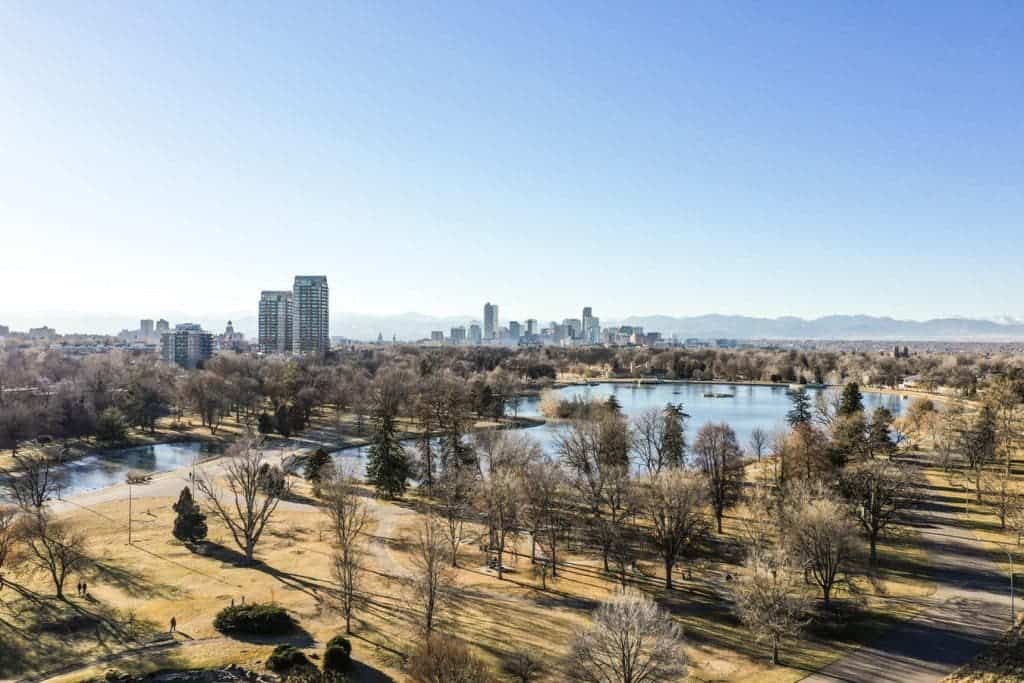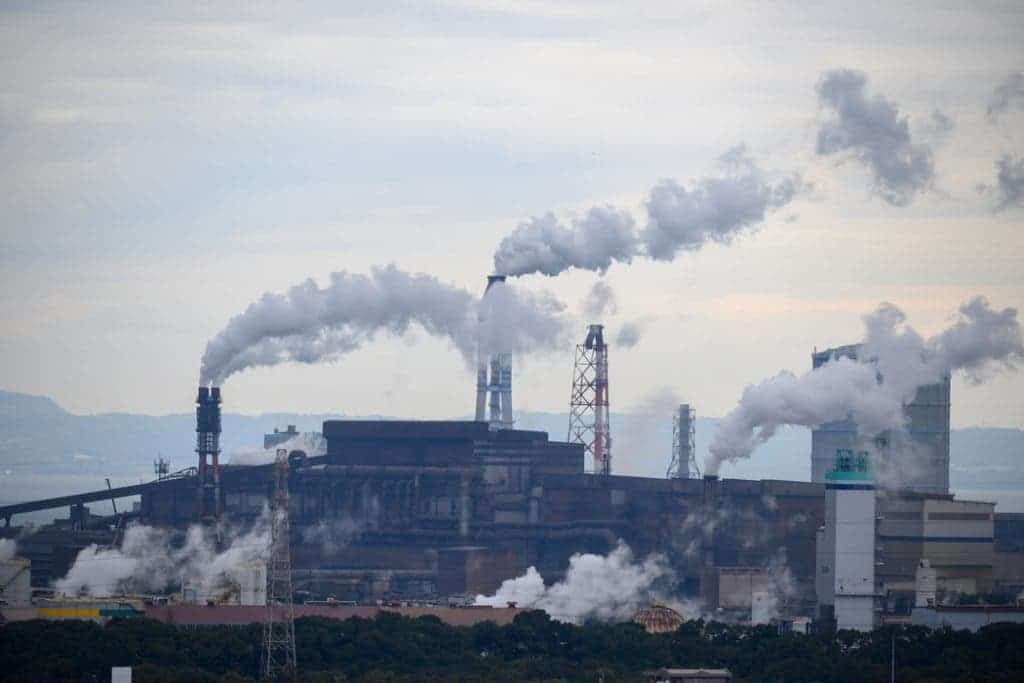
By now, almost every informed person is aware that humanity is in serious jeopardy from the ever-increasing negative effects of global warming and the global destruction of ecosystems and biodiversity. The magnitude of this double-barreled menace cannot be overstated and it’s incumbent upon us as a species to act quickly. Our survival quite literally depends on it.
The situation is well described by world renown biologist and two-times Pulitzer Prize winner, E. O. Wilson:
“The on-going mass extinction of species, and with it, the
E. O. Wilson
extinction of genes and ecosystems, ranks with pandemics, world war and climate change as among the deadliest threats that
humanity has imposed on itself.”
Wilson also coined a convenient acronym for the five biggest causes of the destruction of Earth’s biodiversity. In decreasing order of magnitude, the acronym is HIPPO, where the “H” stands for habitat destruction including global warming, “I” for non-native invasive species, “P” for pollution, “P” for the unsustainable burden of the human population, and “O” for overharvesting of natural resources.
It’s important to note that every single letter in that acronym is a direct result of human activity. We are literally destroying our own home planet, and it’s the only place we have to live. I feel confident to say that giant alien rescue craft riding up like the cavalry to save us is unlikely to come in our near future. If it did, then why would such an advanced race wish to bring home a species that doesn’t have the intelligence and self-control to save its own home?
If there’s one thing we know for sure: we are in trouble. Nowadays, scientists are saying that we are in a new epoch of geologic time they call the Anthropocene – humans have made changes on the face of the earth that will last millions of years in the future with or without our presence.

World Wildlife Fund scientists and many others have said that we are entering the sixth great mass extinction, the last one being the Chicxulub asteroid strike on the Yucatan Peninsula that ended the Cretaceous Period and the dinosaurs. It’s hard to argue with that idea, given what we’re seeing around us, both in local communities and from international studies.
These are not encouraging words of course, yet for me, where optimism may not exactly flourish, hope remains strong. And this hope of mine comes especially from our young people. They understand far better than their elders that the planet we are leaving behind for them is diminishing. I am always inspired by the young climate activist, Greta Thunberg, and others like her. As reported by Leanna First-Arai in Sierra magazine, students in a Nashville protest sang this chant:
Mama, Mama, can’t you hear
The children screaming here and there?
Mama, Mama, can’t you see?
This is an emergency.
The children truly are marking a path for us to follow. We should take heed. Since if we deliberately fail them when we could have done more, they will never forget it and they shouldn’t.
In my hometown of about 25,000, we celebrate Earth Day and we get a fair event turn-out, especially because it’s a college town. I think it’s more important than we might realize that we make a showing at such events (especially with our families) as well as attending any protests on behalf of the environment and combatting global warming. In this way, we can show our children and grandchildren that we’re with them and we are into the cause—that we are concerned for their future.
Another easy way to support this important cause of rescuing biodiversity is to be abreast of the many excellent environmental groups available to us. They need our support and we need their work, which might include on-the-ground protection and restoration of ecosystems, as well as fighting court battles on behalf of environmental protections. We can also contact our politicians and let them know our feelings regarding the important cause of conservation.
Ecosystem protection and restoration are truly vital tools in the rescue of our vanishing biodiversity — of plants, birds, mammals, reptiles, amphibians, insects, arachnids, worms, mollusks, fungi, and so many others. This is especially true when the ecosystem includes a grassland ground cover, for it is well known that such groundcovers are rich in flora and fauna.
How large must a tract of land be to be big enough to restore? Of course, the bigger the better, but, in my opinion, nothing is too small. The area where I do my own work in ecosystem restoration is permanently protected by a Nature Conservancy conservation easement, and what I am actively restoring is the historic shortleaf pine-oak-hickory woodland and grassland groundcover. At over 200 acres of active restoration, it’s certainly a large area for me to try to tackle, but in truth, it’s tiny—imagine the comparison with the massive size of that which remains in need of restoring in the United States alone.
Urban areas, backyards, school grounds, parks, etc., are, to me, fair game for establishing native (and native is the operative word!) plant species to attract insects, birds, small mammals, reptiles, and others. Whenever I see a pipeline or an electric highline right of way, I see the potential to establish a tallgrass prairie groundcover. The same could be said for almost any patch of non-utilized ground.
A good friend of mine, Peggy Grau, with whom I attended grammar school and high school, plants native milkweed in her yard and collects the leaves when she finds monarch butterfly eggs on the leaf surfaces. She brings the leaves into her house and arranges them in butterfly cages to protect the caterpillars from the predators in her yard; then she feeds them more milkweed leaves as they grow. When the caterpillars mature to adult butterflies, she releases them to go to their genetically predetermined way. In my mind, Peggy is a hero because she is rescuing an imperiled species one butterfly at a time. Peggy is doing a good thing. She’s doing her part.
Written by Johnny Armstrong and partially excerpted from his yet unpublished book, Rescuing Biodiversity: A Student’s Journal of the Protection and Restoration of an Ecosystem.






